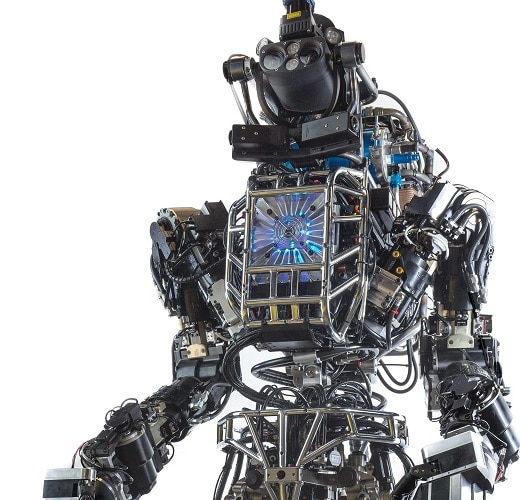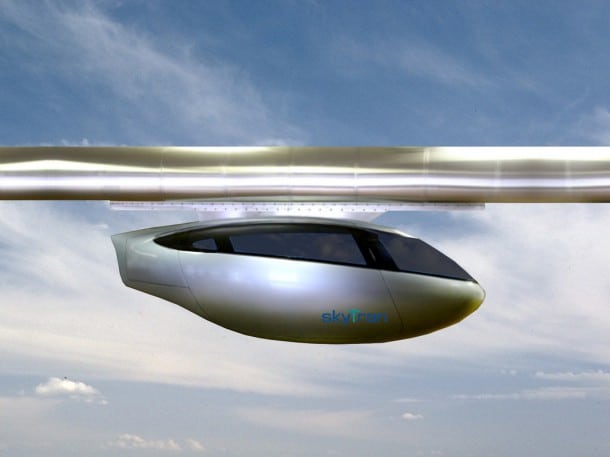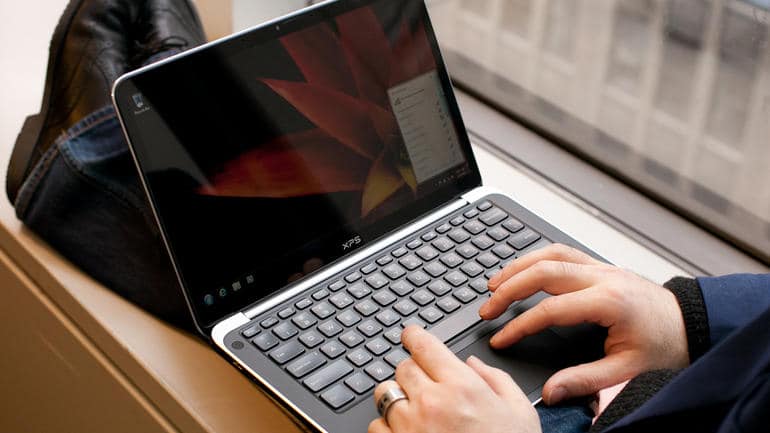In today’s fast-paced society, it’s hard to find a professional of any kind who doesn’t have a laptop he or she totes around on a daily basis.
Even on their off days, many professionals are always expected to be plugged in and somehow connected to their work, hence the importance of a laptop with battery life that can hang in for the long haul.
It’s also why the tech-savvy, the white-collar workers, the emerging entrepreneurs and the dedicated students are praising the arrival of the “two-day laptop battery.”
Battery life has always been a major selling point for today’s electronics, and, according to the Wall Street Journal’s Geoffrey A. Fowler, consumers can finally get their hands on laptops that will allow them to complete two full days of work without ever reaching for a charger.
Fowler tested four of the latest 13-inch laptops that boast impressive battery life when compared to their competition.
He put the Acer Aspire S7-393, the Apple MacBook Air 13, the Dell XPS 13 with a power companion and the Lenovo Thinkpad X250 with the additional 68+ battery through three separate tests.
One test focused on running video throughout the day. Another focused on more simple digital content and the daily web surfing of the average consumer. The last test was a more rounded approach where he took each of the laptops with him and used them throughout his daily life.

Two quickly emerged as leaders in the tech world when it comes to digital stamina.
After putting the laptops through a variety of different tests, Fowler found that the Dell XPS 13 with its additional power companion and the Lenovo Thinkpad X250 with an extra-large removable battery outperformed the competition by a long shot.
Both laptops soared past the 15-hour battery mark and the Lenovo Thinkpad X250 even found its way into the 20-plus hour territory.
If you take away the external battery help that both laptops offer in exchange for some extra cash, Fowler says the Dell XPS 13 is actually the laptop to look out for this year.
Without the external battery, the Dell laptop’s battery life reached an impressive 12 hours, and it accomplished this with a cheaper price tag and less weight than its competitors.
In other words, the small, lightweight laptop hosts an incredibly impressive battery for its size. Since laptops are meant for those who are constantly on the go, exchanging a few hours of battery life for overall convenience could be in a consumers’ best interest.
Some consumers may be asking just how are laptop batteries packing more juice without making laptops any heavier or larger.
Fowler explains that it’s all made possible thanks to better processors.
“The latest models from Acer, Dell and Lenovo contain a new kind of processor from Intel, 5th Generation Core, that adds about 90 minutes of battery life, compared with last year’s laptops,” he reported. “And older models, like the current MacBook Air, contain last-generation Intel chips that still provided a massive 50 percent battery boost over anything from early 2013 or before.”
These processors have become more efficient at shutting down nonessential functions when users don’t need them.
“Why be ready to crunch the numbers to render 3-D imagery when all you’re doing is scanning top-10 lists of cats,” Fowler asks in his review of the laptops.
Processors aren’t the only difference that’s boosting battery life either.
It also comes down to the size and brightness of the screens, whether or not the display is high-resolution and, of course, watt hours — the basic units used for measuring battery capacity.
So without the external batteries, which will cost tech shoppers roughly another $100, the laptops didn’t quite last an entire two days of work.
With these new lightweight external battery plug-ins, however, it can be possible for traveling laptop users to get the most out of their devices for roughly two days, even if they left their chargers at home.















